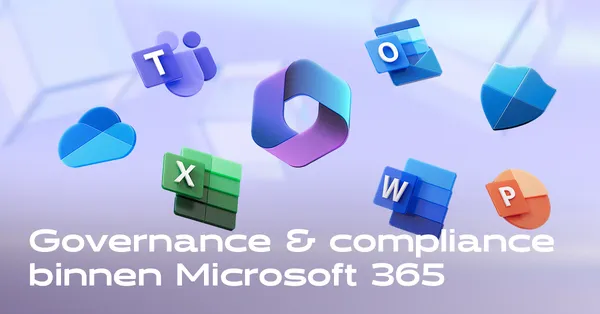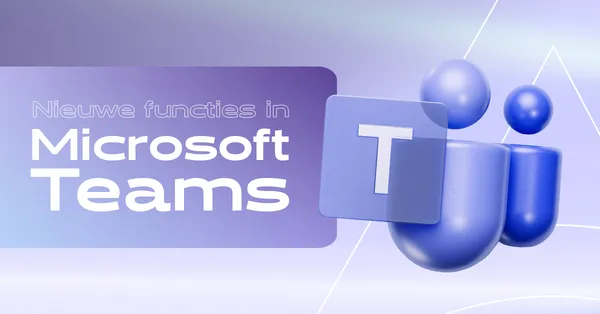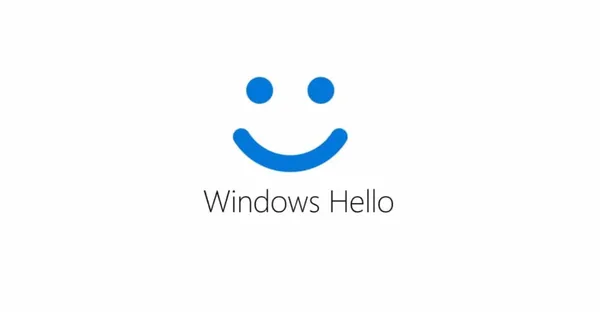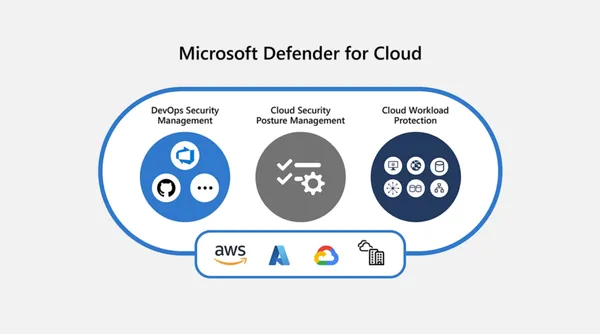
Knowledge base
April 08, 2023
Microsoft’s autopatch service update may cause IT problems
A year after Microsoft wanted to help companies take control of patch management, it has now introduced new features to give administrators better visibility and many more notifications.
This time last year, Microsoft released Autopatch in an effort to help struggling IT departments handle updates more easily as part of their plans, fundamentally rewriting Patch Tuesday to make it “just another Tuesday.”
One such new notification relates to access issues where Autopatch may not be able to manage a tenant, giving IT administrators the ability to control configurations to avoid losing control of certain devices.
Microsoft updates Autopatch
Despite taking some of the control (and stress) away from administrators a year ago, Microsoft has decided to restore some control while continuing to run automatic patches.
Administrators can now select deployment rings with special deployment frequency to prioritize certain devices and limit testing for broader deployments.
The blade tenant management can also alert administrators to expired licenses in addition to inactive flags requiring actions, meaning that special attention must be paid to these notifications for Autopatch to continue working effectively.
Microsoft explains: “To find out if action is required, go to the Tenant Management section and select the banner displayed in the Windows Autopatch Devices blade that alerts you to take action.”
The updated features in
Windows Autopatch
have entered a public preview on an opt-in basis prior to general availability in May.
With the revisions, Microsoft hopes to “allow IT administrators to customize Windows feature and quality updates in line with existing organizational structures and business goals,” but whether administrators will appreciate the regained control remains to be seen.
- Windows Autopatch groups: set your own separate sets of deployment rings and deployment frequency.
- Release management for Windows feature updates: use Windows Autopatch Groups and its deployment rings when creating new deployments of Windows feature updates
- Reporting: Revamped our existing reporting, providing insight into update compliance, implementation status and update errors.
- Policy health and recovery: Initiate actions for the Autopatch service to restore policies and restore deployment rings.
The above capabilities can be enabled through the Autopatch Groups (preview) tab in the Intune Administration Center. General availability is scheduled for May 1, 2023.
Source: tech radar
Want to know more?

Related
blogs
Tech Updates: Microsoft 365, Azure, Cybersecurity & AI – Weekly in Your Mailbox.









